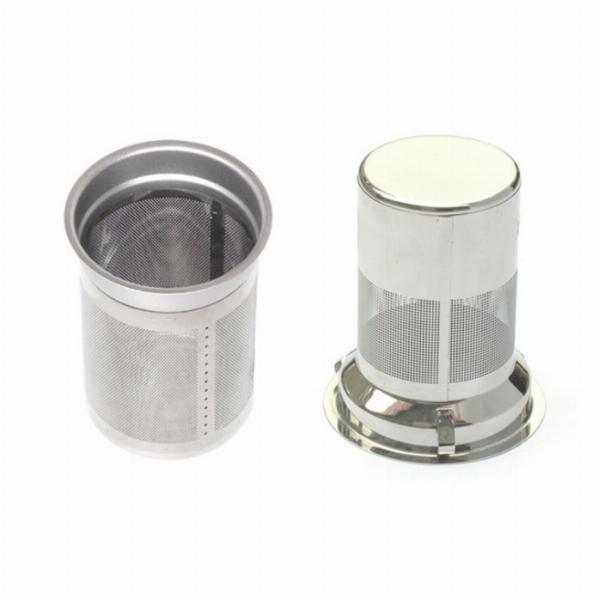 High-Converting Funnels – From Ad Click to Final Sale!
High-Converting Funnels – From Ad Click to Final Sale!
Chemical Etching Processes and Equipment
Written by Nigen Xiao » Updated on: November 01st, 2024

Chemical etching, often referred to as wet etching, is a vital process in various industries, particularly in semiconductor manufacturing. This method involves the selective removal of material from a substrate, such as silicon or metal, using chemical solutions. The effectiveness and precision of this technique largely depend on the type of chemical etching machine employed and the specific etching processes utilized.
What is Chemical Etching?
Chemical etching is a process where a chemical solution is applied to a substrate to remove material in a controlled manner. This method is highly valued for its ability to achieve fine features and complex geometries, especially as the dimensions of electronic components continue to shrink. Unlike physical etching methods, chemical etching allows for a more uniform and isotropic material removal.
Types of Chemical Etching Machines
The choice of equipment is crucial for successful chemical etching. Various machines are designed to cater to specific etching needs:
Chemical Etching Machines: These are versatile devices used for various materials, including metals and semiconductors. They can be configured for different etching solutions, enabling a wide range of applications.
Wet Etching Machines: Specifically designed for processes involving liquid chemicals, wet etching machines are commonly used in semiconductor fabrication. They facilitate the immersion of wafers in etching solutions, allowing for thorough and uniform material removal.
Micro Etching Machines: These machines are engineered for ultra-fine etching applications, where precision is critical. They can achieve micro-scale features, making them ideal for advanced electronics and microfabrication.
Photo Etching Machines: Utilizing photolithography, these machines apply a photoresist to the substrate before etching. This allows for highly detailed patterns to be created, which is essential in the production of intricate components.
Chemical Etching Processes
The chemical etching process can vary based on the materials involved and the desired outcomes. Here are some key techniques:
Silicon Etching: Common etchants include combinations of nitric acid and hydrofluoric acid. Silicon is relatively easy to etch, but achieving anisotropic etching (removing material in one direction) is a challenge. Potassium hydroxide is often used to control the etching direction.
Oxide Layer Removal: Silicon dioxide poses a significant challenge due to its protective nature. Hydrofluoric acid is typically employed, but careful control is necessary to prevent damage to the underlying silicon.
Metal Layer Etching: Hydrochloric acid is widely used for removing metal layers deposited on substrates. An etch mask is often applied to protect areas not intended for etching, ensuring precision in the process.
Challenges in Chemical Etching
While chemical etching offers many advantages, it also presents some challenges:
Safety Concerns: The handling of chemical etchants poses safety risks, as these substances can cause harm to personnel and equipment. Proper safety protocols must be established to mitigate these risks.
Undercutting: One of the significant drawbacks of wet etching is its isotropic nature. The etchant attacks the substrate wherever it comes into contact, which can lead to undercutting beneath masks and widen etched features unintentionally.
Control of Etch Rates: Achieving the desired etch rate is critical, especially as semiconductor features become smaller. Manufacturers often use proprietary mixtures of chemicals to optimize etch rates and maintain tight control over the process.
Conclusion
Chemical etching remains an essential technique in various manufacturing processes, especially in the semiconductor industry. By utilizing advanced chemical etching machines and refining etching techniques, manufacturers can achieve precise results necessary for modern electronic components. As technology advances, the scope and capabilities of chemical etching will continue to expand, making it an invaluable tool in precision manufacturing.
For more information on the benefits of chemical etching machines, you can explore our resources on Chemical Etching Machines and Wet Etching Techniques.
Note: IndiBlogHub features both user-submitted and editorial content. We do not verify third-party contributions. Read our Disclaimer and Privacy Policyfor details.
Copyright © 2019-2025 IndiBlogHub.com. All rights reserved. Hosted on DigitalOcean for fast, reliable performance.










